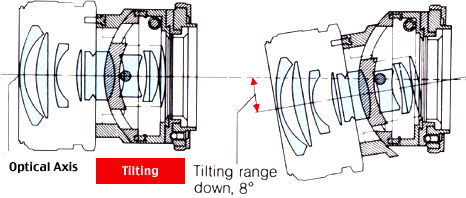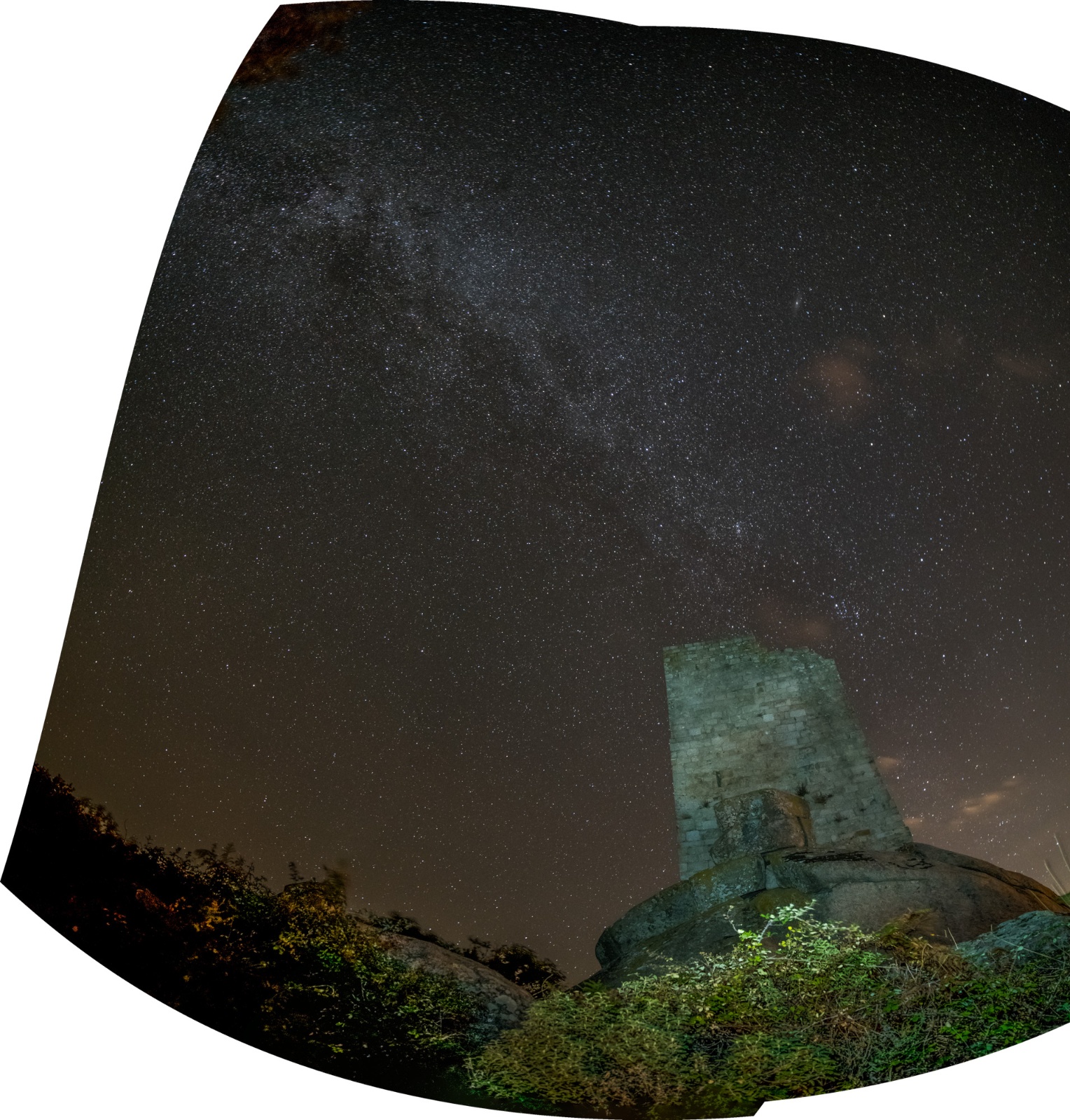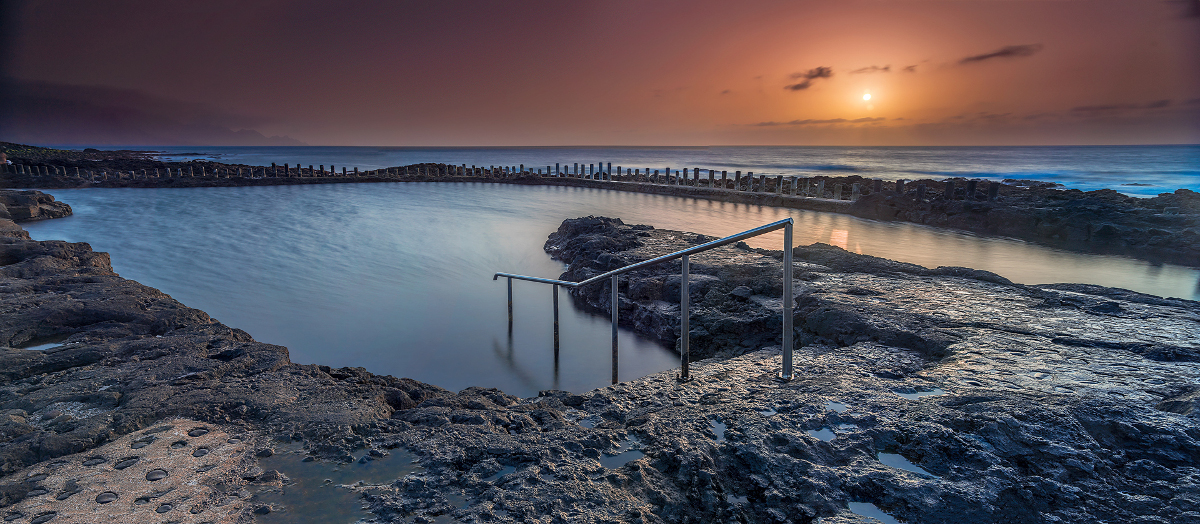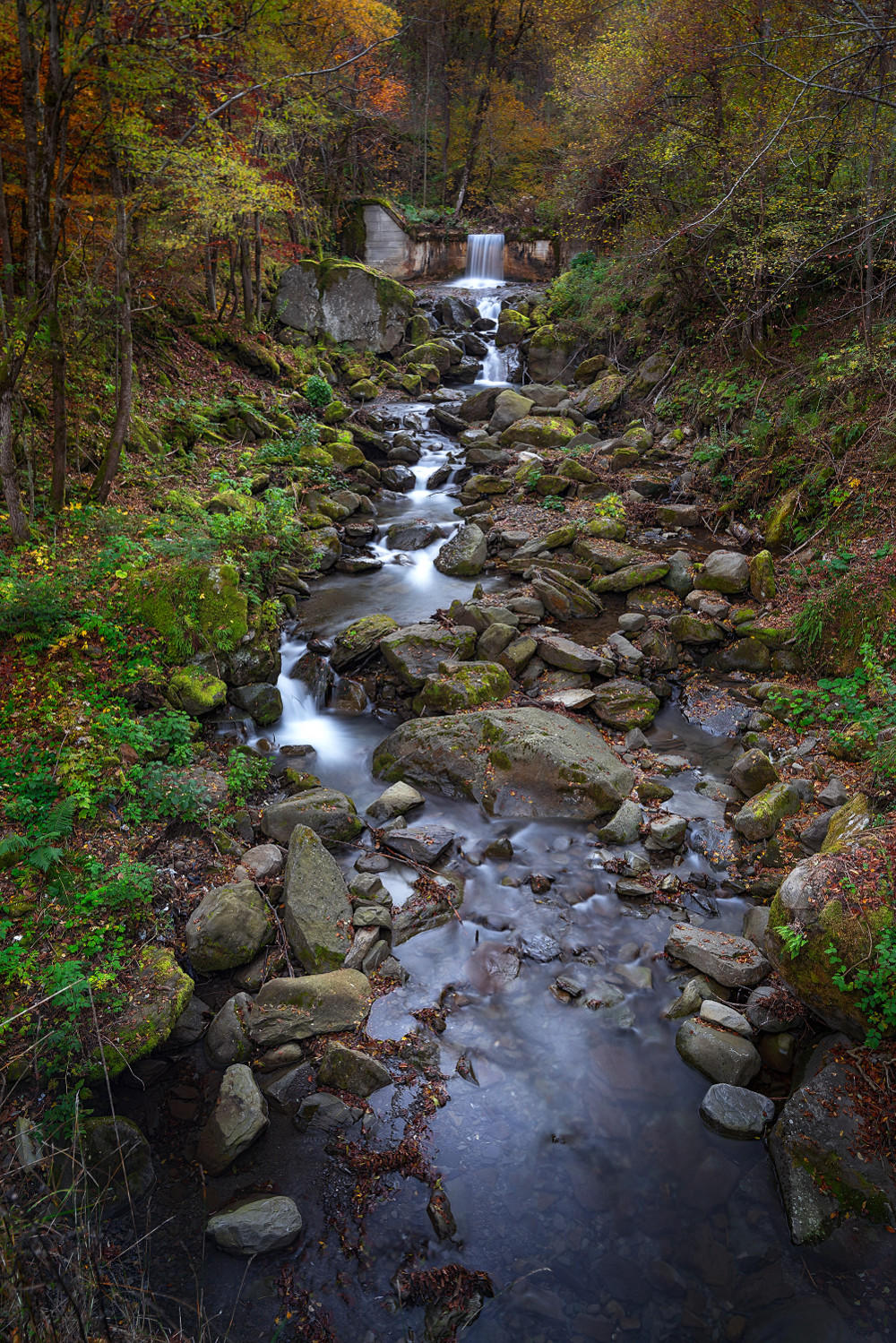Tilt Shift I love you!
Impressions on Samyang 24mm tilt shift lens
Yes... At age of 42 I discovered it is still possible to fall in love. I'm speaking about the "teenager love", the crazy and fool one. But like every great love story, every rose has its thorns.
Of course, I'm speaking about the Samyang 24mm Tilt/Shift lens! This is a photo blog, don't forget it.. eheh
Isn't it for architecture?!
Short answer: Hell yes!
Long answer: Of course yes, but I really suggest you to try and use it for landscaping too! Tilt/shift lenses are famous for the ability to correct the converging lines, a very well known problem in architectural photography. But how can they be useful when it comes to shot a beautiful landscape?
Technicalities
As you probably know, I'm not a "tech guy".... I think that technology is an instrument to reach a goal... not the goal itself. This is the reason I hate to discuss about numbers, specs, comparisons, etc. Simply because, in my opinion, it doesn't make sense at all.
But just to make the long story short, a Tilt/Shift lens is a particular kind of lens with tilting and shifting elements. This permits to have 2 different advantages:
- the shifting permits to correct converging lines
- the tilting rotate the focal plane, and this way it is possible to have in focus objects that are not at the same distance from the sensor.
 |  |
Practical uses
Ok, perfect... but now, as a landscape photographer... why do I have to use this strange, quite expensive lens? Simple: because this lens can really make the difference in many situations! Let's speak about the two main reasons I fell in love with the Samyang 24mm f/3.5 ED AS UMC.
Depth of field
 As you all know, in landscape photography we often have to decide what will be in focus, and then step down the aperture to increase the depth of field (DoF): of course, many times what we want to achieve is to have everything in focus, both the foreground and the background... But in "real life scenarios", many times this is not possible! Shooting at f:16 is (in my opinion) the upper limit over which you will loose too much sharpness due to the circular diffraction of light.
As you all know, in landscape photography we often have to decide what will be in focus, and then step down the aperture to increase the depth of field (DoF): of course, many times what we want to achieve is to have everything in focus, both the foreground and the background... But in "real life scenarios", many times this is not possible! Shooting at f:16 is (in my opinion) the upper limit over which you will loose too much sharpness due to the circular diffraction of light.
Ok, I know... sometimes f:16 gives us enough DoF, but it is not always true. Or sometimes it is simply not possible (i.e. in low light conditions). So.... what can we do to to get a sharp-as-a-knife shot?
There are many techniques that can help us: focus stacking, hyperfocal distance, etc. Both can help a lot, but they do have some cons: focus stacking implies to take many shots, changing manually the focus distance (so it is time consuming and tricky, and requires a bit of knowledge of post production); hyperfocal distance is, in my opinion, a bit too complex. Moreover, it implies a good guess of distances, a distance scale on the focus ring, etc..
Here it comes our Tilt/Shift lens! It permits us to have in focus objects that are on the tilted focus plane, even at maximum aperture! Of course we will not shoot at maximum aperture, but this way we can always choose to work in the sweet spot of our lens (usually between f:5.6 and f:8).
The physical reason for this greater DoF is that, tilting the lens, we are practically tilting the focal plane: therefore we can have on the same focal plane objects that are not equally far from the camera.
And believe me... for the lovers of sharp images (like me) it is a **HUGE** improvement!
Pano stitch
Have you ever tried to stitch together 2 or more shots to create a nice Pano shot? A pano cut is perfect in many situations... Moreover, it is quite mandatory in particular cases... for example, if you want to get the full milky way arch! Very easy: put the camera on the tripod, fix it using a spirit level, and then take 2 or more shots turning the tripod head. Easy, isn't it??
Well... Am I the only one that ended up with something like that?

Quite horrible, don't you think? This terrible effect is due to many factors... lens distortion, of course, but mainly because of the geometry! In fact, rotating the tripod head causes the camera to rotate around the tripod screw, and not around the nodal point (take a look at here if you want to get better details about nodal point). And this causes problems in creating the panorama.
But if you use a Tilt/Shift lens, the shifting will make the job for you! No rotation problems.. it's like that the sensor itself will shift, and the alignment will be perfect! The only thing that you have to do is to take 1 more exposure shifting the lens to the left, and one to the right. Getting back to your favorite software (you can do it in Lightroom, Photoshop, Hugin... there are soo many tools available even for free!), and you will see what a perfect alignment you will get! Nearly zero white spaces, no problems on converging lines, etc...
Try to believe!


Pano shot of a semi-natural pool in Gran Canaria - Sony a7R + Samyang 24mmT/S + Haida filters (ND1000 + GND0.9 hard edge)
But...
As I told you, every rose has its thorns... I'll try to summarize some points that must be taken into account if you plan to use a Tilt/Shift lens
1) Light leakage
Long exposures always introduce the problem of light leakage in your shots. It could be from the lens mounting, from the viewfinder (in case of DSLR), etc.. Usually it becomes well visible for quite long exposures, or in case of strong light. But with Tilt/Shift lenses, the problem appears even in not-so-long exposures (I mean longer than 3-5 seconds). This because the moving elements of the lens, even when well crafted, have some tolerances that let the light filter in. So, remember to cover lens and camera body with a black fabric, a scarf, or something like that. Always!

Sony a7R + Samyang 24mm T/S and Haida filtering system
2) Manual focus
Of course, this kind of lens is manual focus only. And honestly, the focusing technique is a bit complicated! It takes a bit of time to get used to it. Of couse it is not impossible, but you have to be patient and you do have to study and practice it... it's not a straight forward process.
3) Price
It is a very subjective matter, I know... but just to mention, a Tilt/Shift lens is usually more expensive (correctly!) than a "normal" equivalent lens. This is the main reason I choose Samyang (and not the Nikon or Canon one).
Conclusions
Tilt&shift lenses are a sort of no-so-well-known niche.. Many photographers believe that they are for architectural photographers only... but believe me: it is not true at all! Of course they are "famous" to be able to shot without converging lines.. but there are many more useful applications. Depth of field (with wide open apertures), and pano stitching are just 2 examples. Your creativity can do the rest.
I hope you found this little review a bit useful.. follow my work, write me your comments.. and stay in touch!
If you want to know a little more about the equipment I use, follow the links below:
Sony a7R on Amazon
Sony A6000 on Amazon
Samyang 24mm Tilt/Shift on Amazon
Haida 100mm filter holder on Amazon

"hidden path" - Sony a7R + Samyang 24mm T/S + Haida ND1.8
 "the pope's chair" - Sony a7R + Samyang 24mm T/S + Haida ND1.8 + Haida GND0.9 hard
"the pope's chair" - Sony a7R + Samyang 24mm T/S + Haida ND1.8 + Haida GND0.9 hard
 "margidore beach" - Sony a7R + Samyang 24mm T/S + Haida ND3.0 + Haida GND0.9 hard
"margidore beach" - Sony a7R + Samyang 24mm T/S + Haida ND3.0 + Haida GND0.9 hard